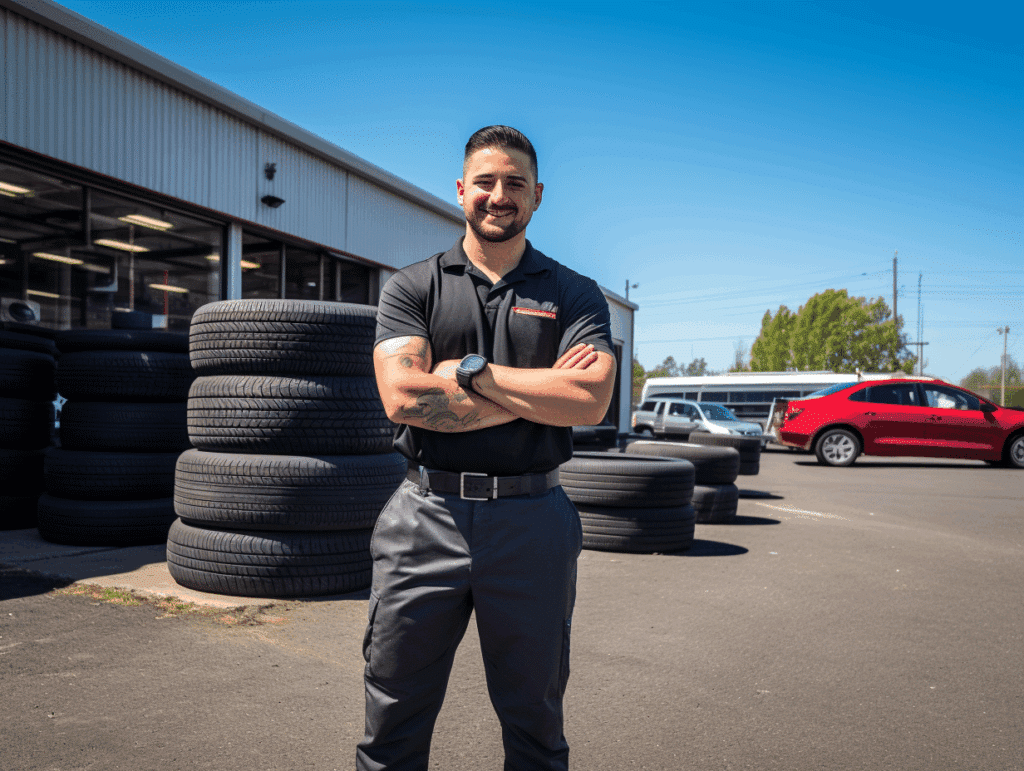You may have wondered – “Why do these trucks have so many huge tires?”
Truck tires have to fulfill a lot of duties like supporting such massive weight, preventing skidding, providing cushioning, and smooth maneuvering of the vehicle.
Let's Go Beyond, to Bring You Back
Let's get you the compensation you're entitled to. Get a FREE Consultation today.
Let's Go Beyond, to Bring You Back
You deserve the compensation you’re entitled to, call for your FREE Case Review today.
Tire design, weight, and placement are instrumental in keeping these massive vehicles running smoothly. Trucks are usually used as commercial vehicles that cover hundreds of miles every day to keep the American supply chain alive.
Tires keep your vehicle rolling smoothly by gripping the road for traction. Whether you accelerate or brake, it’s your tires hard at work following your command. Your truck tires will lose their grip and cause an accident if you wear them out and keep driving. So it’s important to keep your eye on the road while driving and an eye on your tires once you step out of your truck.
Your truck tire weight determines how much fuel you’re burning up and how fast you can drive. So regular tire maintenance is a matter of preserving safety and efficiency.
Trucks need resilient tires that can handle the demanding cargo loads and daily wear and tear. The Federal Motor Carrier Safety Association has established strict regulations for commercial trucking companies. The truck tire quality and conditions are an important part of their road safety code.
In this article, we’ll explore the fundamental factors that come together to determine the weight of a tire.
Tire weight depends on various factors such as:
- Materials used
- Type of vehicle
- Tire quality
- Tire size
Tire Weight Determinants
Tire weight is far from arbitrary. It primarily depends on the type and purpose of the vehicle.
Here are the typical tire types and their respective weights used for various applications:
- Passenger car tires – They usually measure around 13 to 20 inches and weigh 15 to 22 pounds on average.
- Light trucks and SUV tires – They usually measure around 17 inches to 24 inches. These vehicles may have tires with a weight range of 45-100 pounds.
- Commercial truck tires – Large trucks are designed for heavy-duty work. They carry several tons of cargo load across hundreds of miles every day. They can weigh anywhere between 100-250 pounds to support this heavy load and maintain traction.
- Specialty vehicle tires – Construction, farming, recreational, and cargo vehicles are designed for specific purposes and unique terrains. They may range from a 6-pound ATV tire to a massive 250-pound tractor tire. You may have even seen massive dirt haulers or monster trucks with tires weighing 800-900 pounds. These tires are engineered to withstand the most extreme hauling challenges.
Injured in a Truck Accident?
Get Compensated For Your Injuries & Damages! Call Us For A FREE Case Review And Know What Your Case Is Worth.
The Science Behind Tire Weight

Your truck tire’s weight depends on its size, materials, width, and application.
Let’s consider the diameter of your tires. A bigger diameter means the tire will have more metallic parts and rubber volume. It will naturally add to the tire weight.
Your truck may need wider tires to improve traction and stability on the road. How will that change things?
Increased width = increased rubber = increased weight.
Heavier trucks also require increased air pressure retention.
What about specialized tires with unique tread patterns? The tires will use extra layers and reinforced construction to make them heavier than typical tires in the market. However, racing tires are usually engineered to maximize grip and speed. So they need to be lighter in weight to reduce unsprung weight.
Remember, your tire’s weight isn’t just a number. It’s a complex feat of engineering to keep your truck safe and optimized for peak performance.
Frequently Asked Questions
How heavy can tires get?
Here are the industry-standard tire weights for various types of vehicles in the market:
- Passenger vehicles – 15 to 22 pounds
- Light trucks and SUVs – 45-100 pounds.
- Commercial trucks –100-250 pounds
- ATVs – 6-10 pounds
- Tractors – 30-250 pounds
- Monster trucks – 800-900 pounds
How can I accurately determine a tire's weight?
The simplest way to measure tire weight is to read the tire sidewall markings that reveal its brand, model, size, and weight. You’ll be able to find the right size, speed rating, and load rating from these readings. You can also find it in your vehicle manufacturer’s guide. A harder way to do it is to weigh them manually on a scale.
Is there a significant difference in weight between an air-filled and an empty tire?
The difference in weight is almost negligible. Air weighs 1.3g/liter. An air-filled tire is just 14 grams lighter than a flat tire.
Why are tires so heavy?
Every element of your truck tire is designed to maximize traction, stability, fuel economy, and durability.
Let’s peel back the layers and understand the significance of each component in these tires:
- Inner liner – A synthetic rubber lining that covers the innermost part of the tire. It provides support and longevity for the tire.
- Carcass – It uses a layer of cords to cover the inner liner. It plays a role in defining optimal tire pressure and load capacity for the tire.
- Bead – A thin layer of wire, steel, and rubber that helps fuse the tire with the rim. It offers basic structural support.
- Sidewall – A lining of flexible crack-resistant rubber that runs between the bead and outer tread. It covers the carcass and inner liner to protect them from wear and tear.
- Belts – These are steel cords embedded into rubber, which help join the tread to the carcass.
- Undertread – A layer of synthetic and natural rubber that bonds with retread rubber to protect the tire from heat damage while driving.
- Tread – The thickest outermost layer made of natural and synthetic rubber that directly makes contact with the road.


